Dwarves
The hardy mountain folk
Bones of the world are made up of mountain ranges and dark underground depths, formed out of rock, earth and ores, and bound by magic, they are the foundation upon which the whole planet was built upon. World's prime deity, The Forgefather, saw the value of these building materials and wished to contribute to life on Asphodel by creating a perfect race in his own image. Long did he forge and reforge, purify and meld metal into stone, and stone into metal, until he was finally happy with his creation. He breathed life into them and named them - Dwarves. He granted them resilience and taught them proper living, as well as the value of hard work, effort and perseverance, and finally, he gave them runes and language.
Dwarves value tradition and celebrate their ancestors as deities of their own. Every stronghold is dedicated to an ancestor, and every clan is able to trace their roots to one of them. The clan is the main familial unit of every dwarven settlement and is a point of great pride and honour. To bring shame to one's clan, ancestor or stronghold is to commit the greatest taboo among dwarvenkind and is a universally inexcusable offence.
Individually, dwarves make for loyal friends, their words are gruff, sharp, yet honest, and they are very often headstrong and hard working. Even dwarves that live outside of dwarven strongholds and nations greatly honour their ancestry, clans, and traditions. They are excellent warriors and accomplished merchants and craftsmen. They cast a wary eye upon magic, and often cite technological progress as the way forward, even though they are ironically among the most skilled races when it comes to knitting magic properties into wondrous items - especially when it comes to arms and armour.
Dwarven ethnicities consist of Fjelldar (mountain), Hoydar (hill), and Duergar (Underdark) dwarves. Fjelldar are "true" dwarves, or rather dwarves who live inside their mountain keeps or in their close proximity. Hoydar on the other hand, are dwarves who have spent generations living outside their mountain homes and abroad, alongside other races. Duergar are an offshoot of dwarvenkind that have slaved under the Illithid for a long time and have then remained in the Underdark where they branched off into several groupings.
Basic Information
Anatomy
Dwarves tend to be stout and muscular, with broad shoulders and strong wide hips. They are very hairy, and both genders are capable of growing a beard, as well as giving their hairs and beards a great deal of attention when it comes to grooming and decoration. Their hair colours vary greatly, from jet black, through various gingers and browns, all the way to different blondes. Skin colours often range from tan and tawny, deep earthy browns, all the way to very pale.
Even for their height, their legs seem to be on the shorter side, yet are fairly thick and stable. That shortens their stride somewhat, but makes up for it by providing them with superior surety of step and they tend to be extremely capable climbers due to their very strong grips and stable feet.
Genetics and Reproduction
Due to long pregnancies and generally involved lifestyles, offspring is fairly planned affair in a clan. Dwarven females need almost two full years to carry a child to term, which means that a clan needs to devote resources to fill in her spot while she is unable to contribute - which happens during the whole second year of pregnancy. That means that even with their longevity, a dwarven settlement rarely has many children running around.
Growth Rate & Stages
Dwarves mature around the age of 20, but are considered to be adults only after reaching the age of 50.
Ecology and Habitats
Dwarven lands and settlements are most often tied to tall mountains and hills, which links them to their way of life as miners, metallurgists, blacksmiths, jewellers, and brewers, among others. Families of dwarves and smaller settlements can be found on the surface or in the low-grounds, but they often comprise smaller outposts that serve a purpose for a greater stronghold nearby - such as a trading post, sentry, forester village, farmlands, and similar.
Dietary Needs and Habits
Dwarves love to eat heartily, and their diet is usually comprised of various meats on a spit (basted, salted, fatty, or all combined), broths and grains, flatbreads, and sometimes supplemented with vegetables that have a longer storage life or that can be grown with little sunlight.
Another very important part of dwarven culture is brewing of beverages, especially that of ales, beers and stouts, as well as a strong miner's drink called "Brenvvin", though there are many others. Old dwarven ale-makers' proverb goes "If it can be brewed, then it can be drunk!".
Additional Information
Facial characteristics
Typical dwarves often sport sallow or drooping cheeks, with blunt and almost square noses. Hooked bridges are also not uncommon. Their eyes are usually deeply set under a heavy brow, and many dwarves' faces are crisscrossed with lines even from an early age (for a dwarf).
Perception and Sensory Capabilities
Due to long parts of their lives spent underground, dwarves have developed darkvision, which allows them to keep some semblance of vision in dim light and even in total darkness. That lifestyle, along with their penchant for working with stone, and propensity to tunnel in their mountain homes, has allowed dwarves to gain a certain "sixth sense" when it comes to stonework.
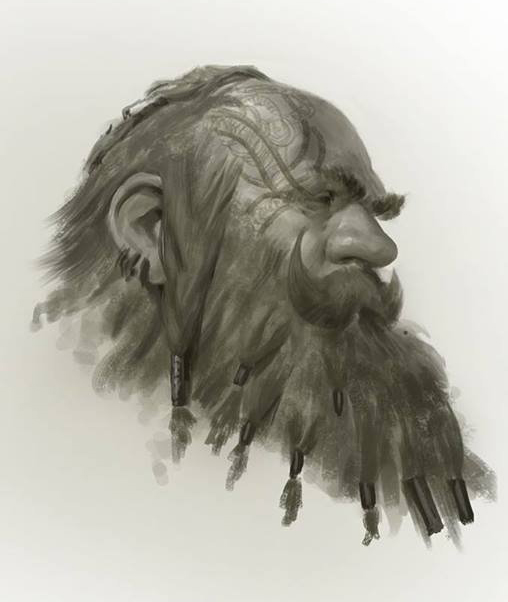
by Even Amundsen
Genetic Descendants
Lifespan
Average lifespan among dwarves is just over 350 years.
Average Height
The average height for dwarves is between 125-150 cm (4'-5' ft), with females being slightly shorter than males.
Average Weight
Often with thick and stocky build, dwarves usually weigh between 85-110 kg (185-240 pounds). Females tend to be of fairly lighter build than males.
Average Physique
Dwarves tend to be squat and thick, and their lives underground and history of manual labour tend to groom them to a physique of corded muscles, sometimes coupled with a heavy paunch, due to their dietary and drinking habits.
Remove these ads. Join the Worldbuilders Guild

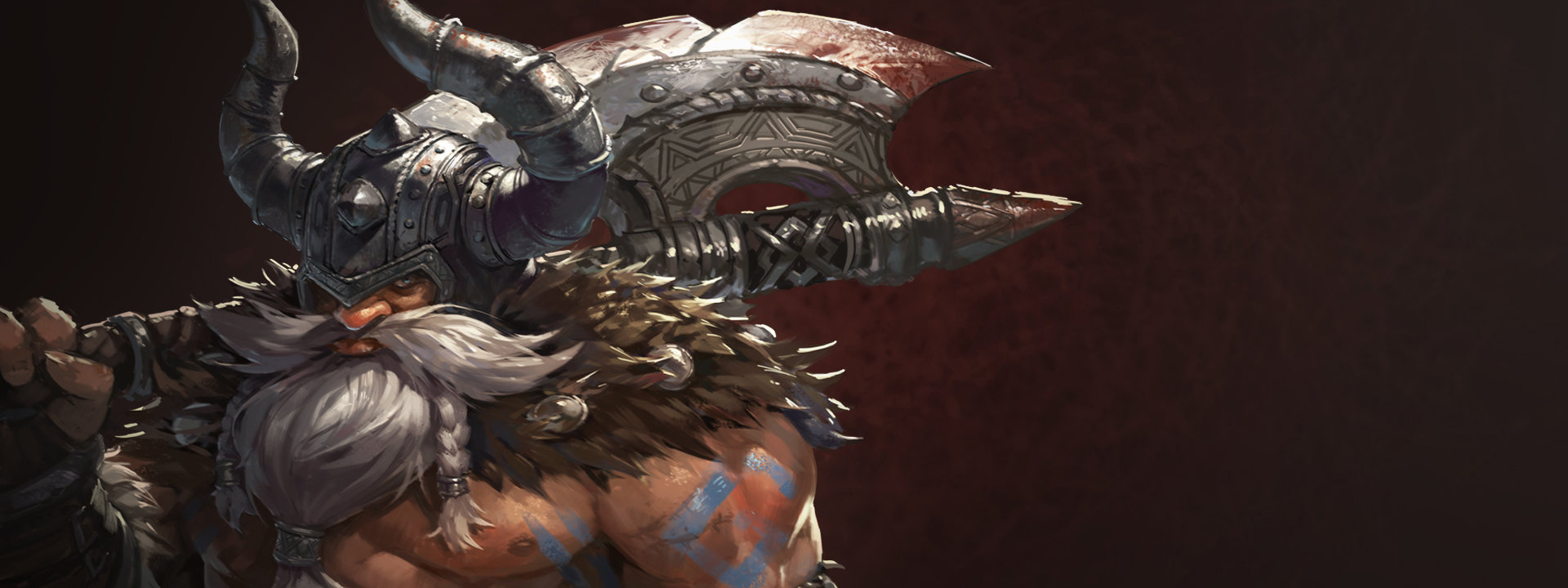


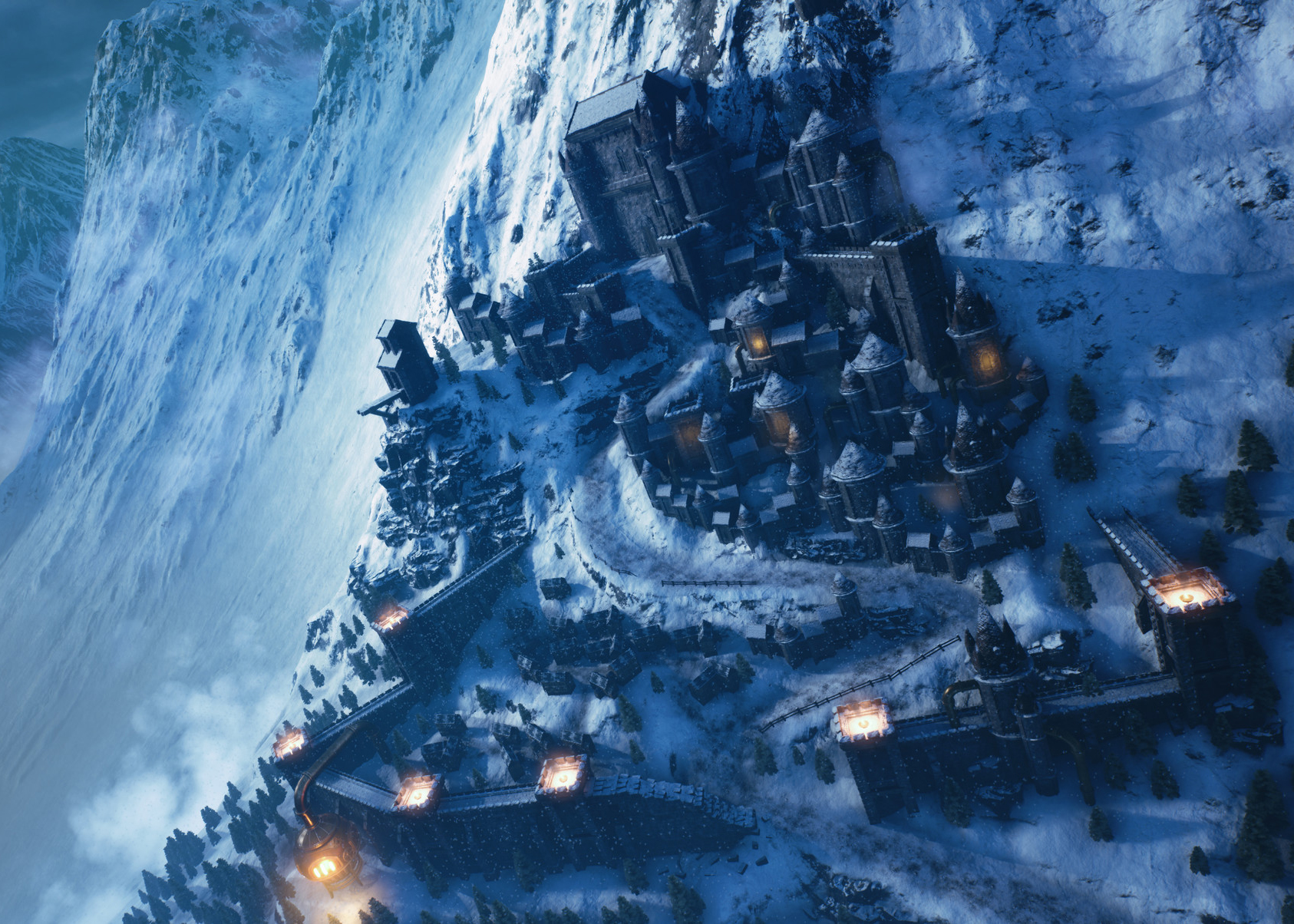


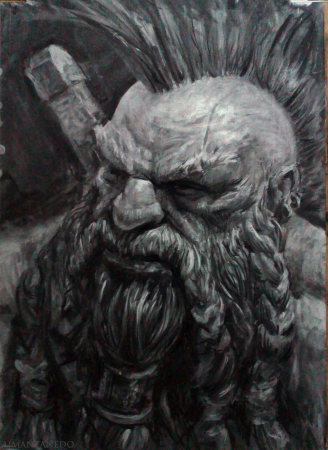
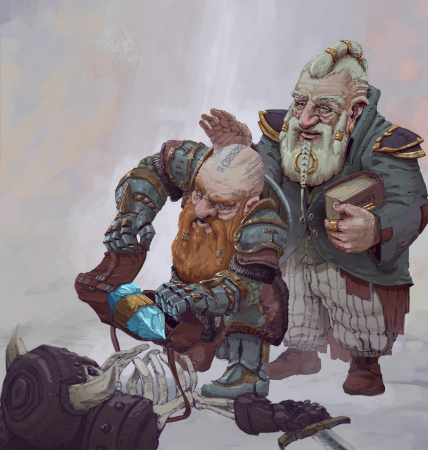
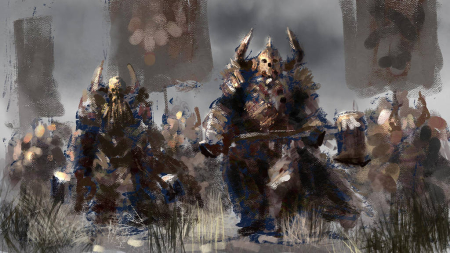
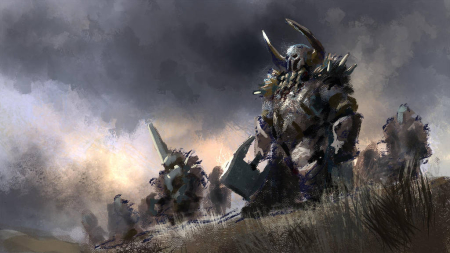
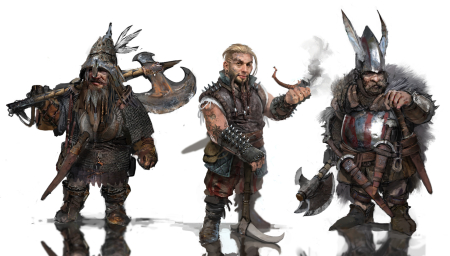
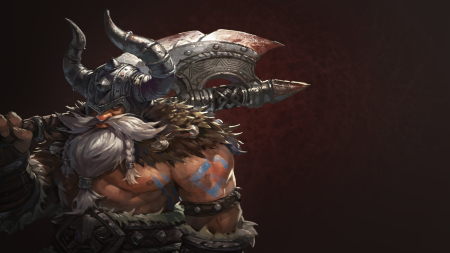


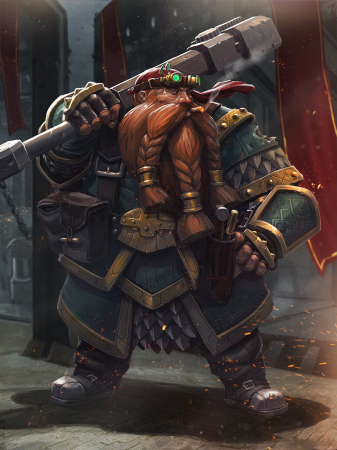
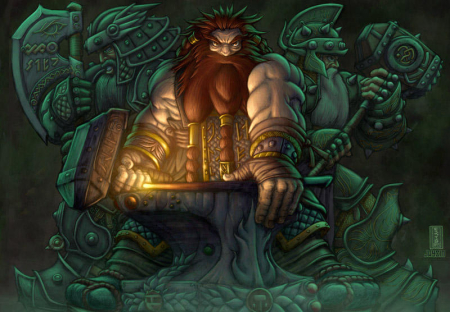
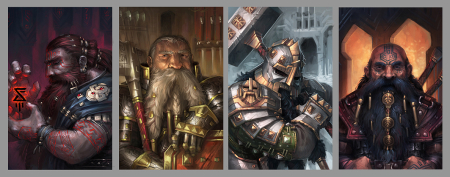
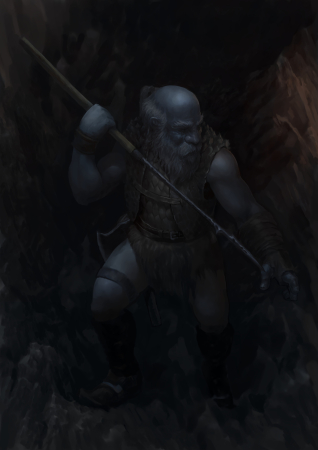
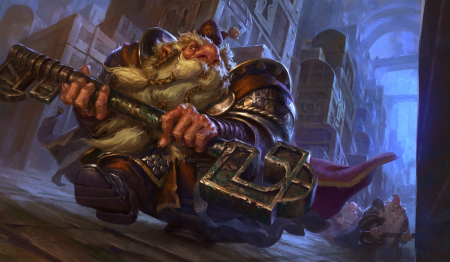
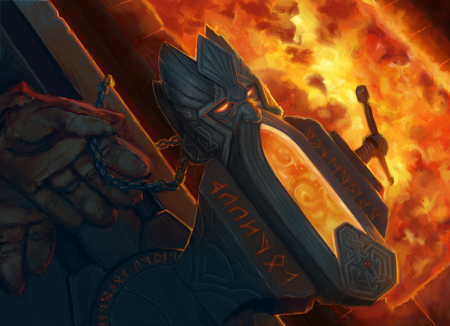
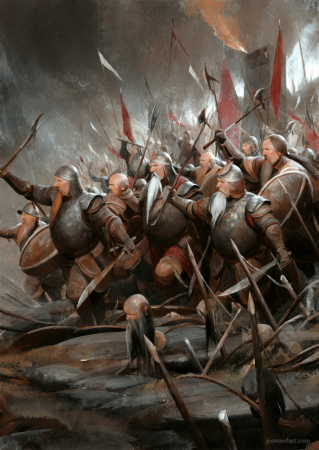
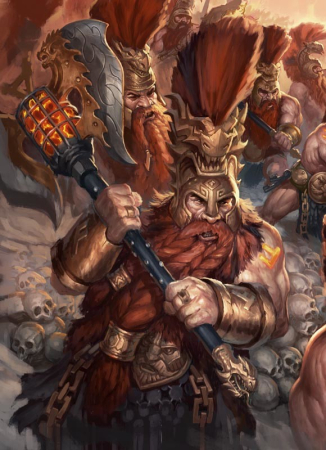



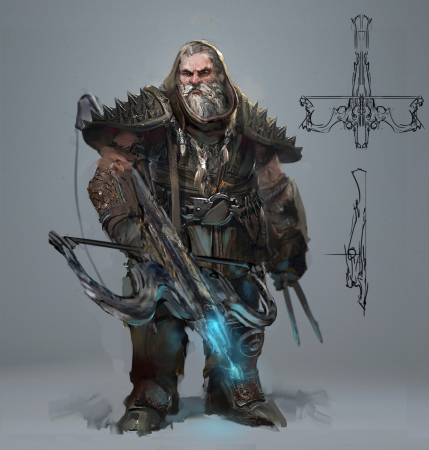

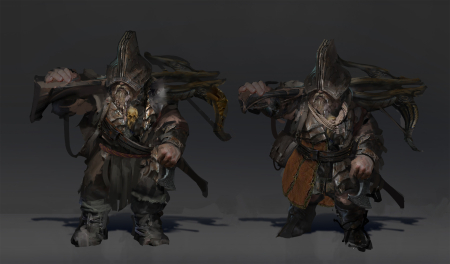
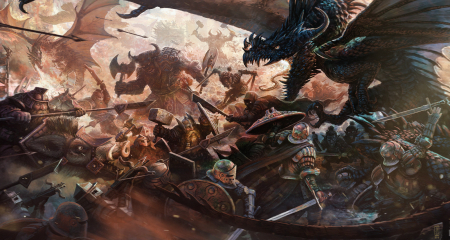
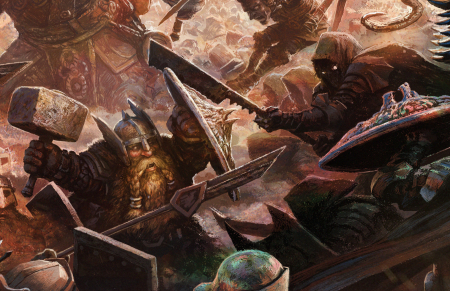

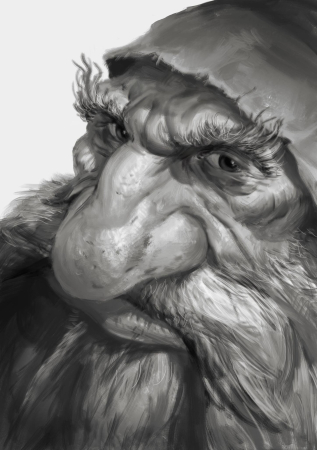

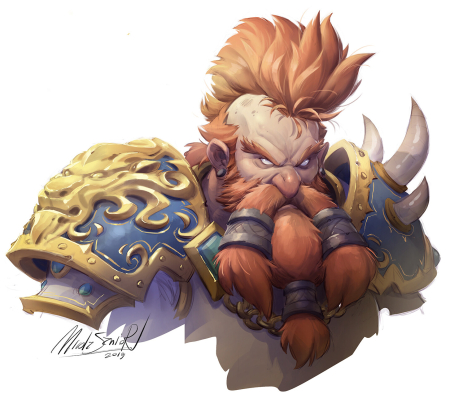
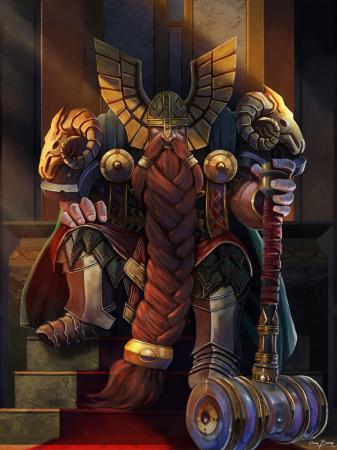
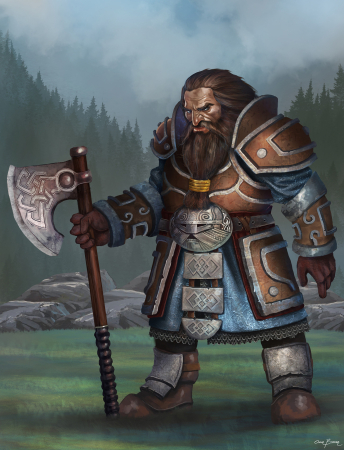
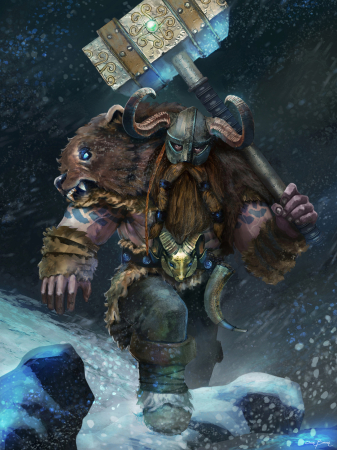
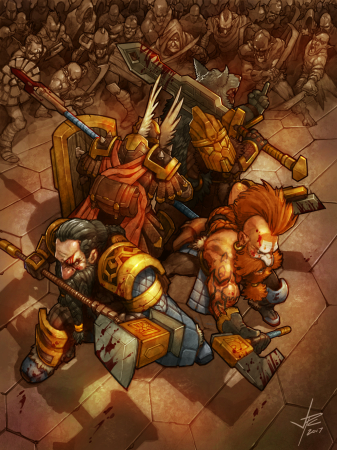
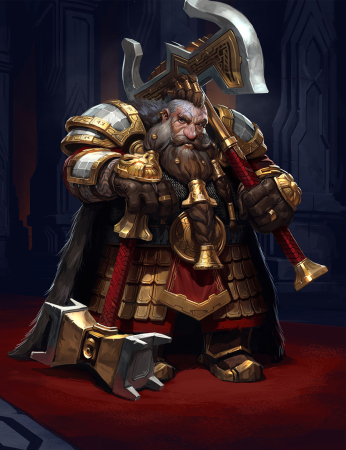
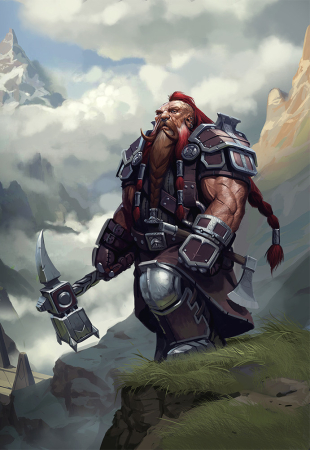

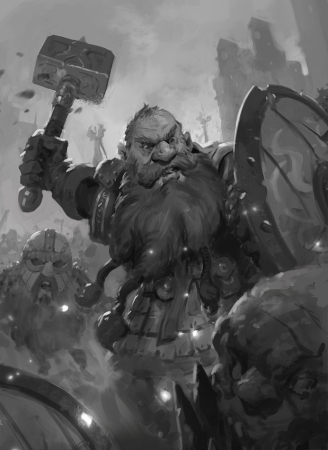

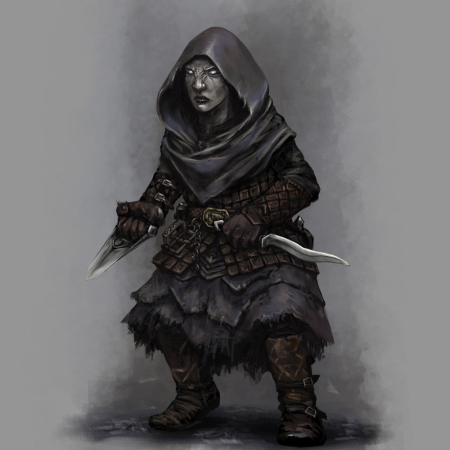

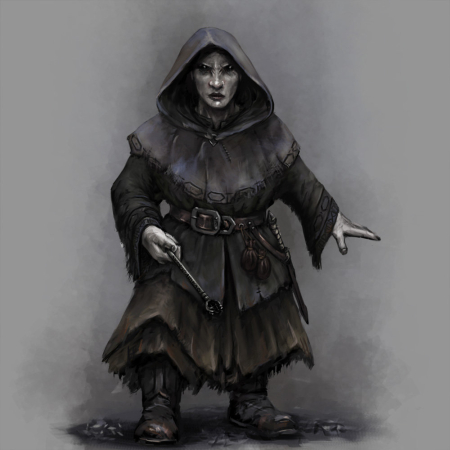
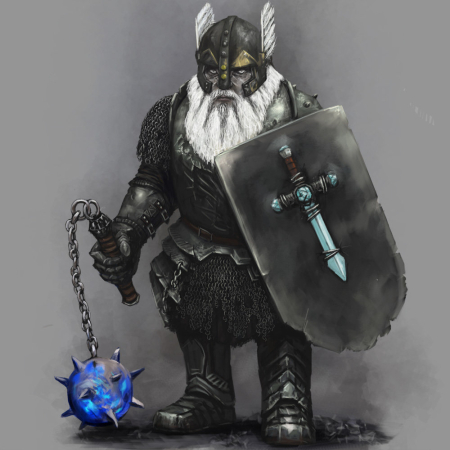

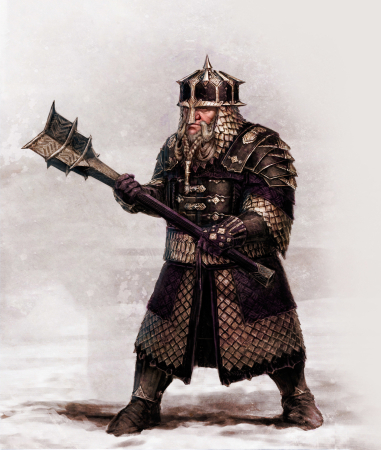
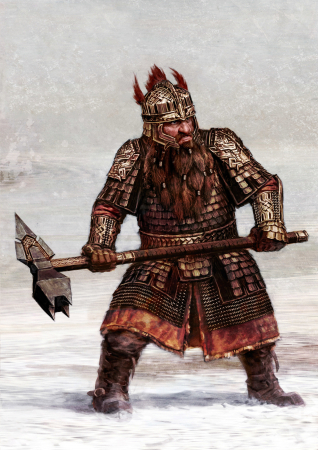
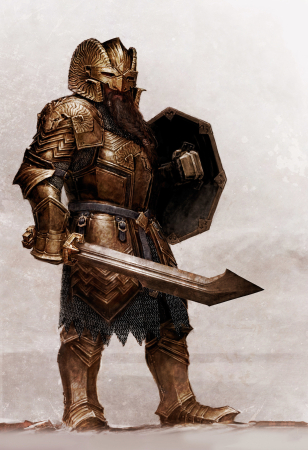
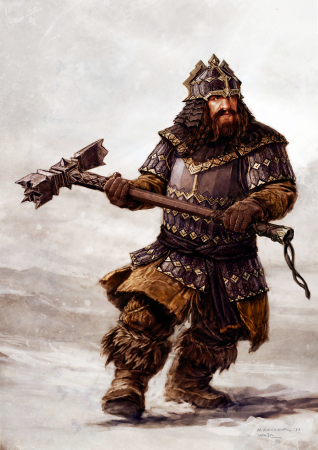
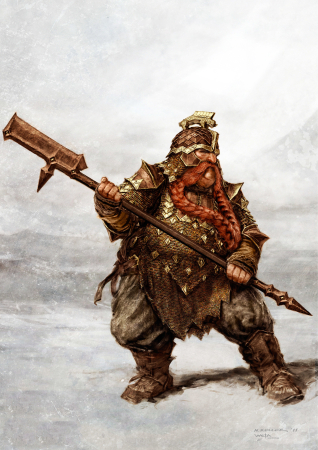
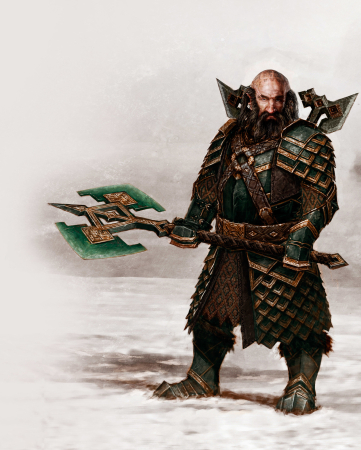
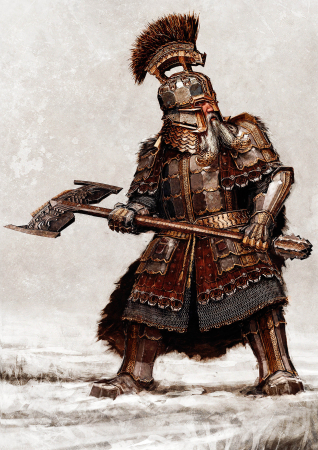
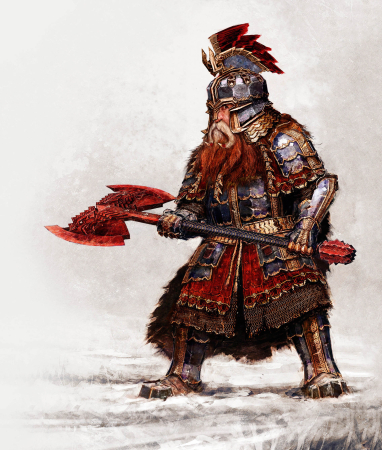
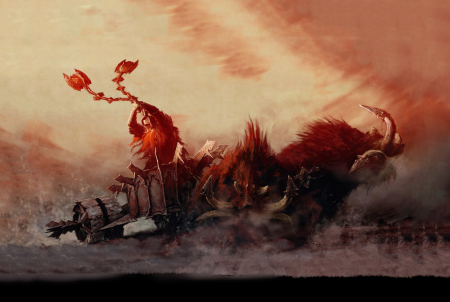
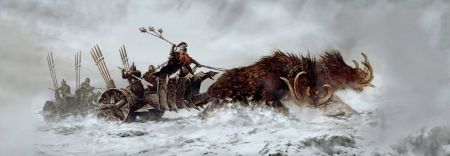
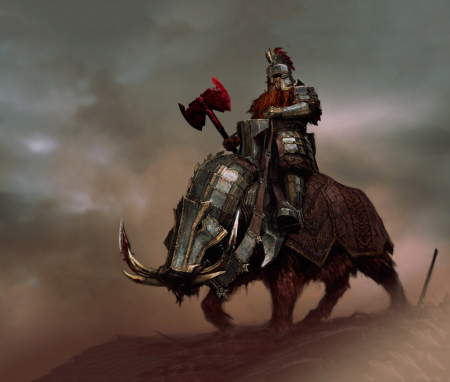
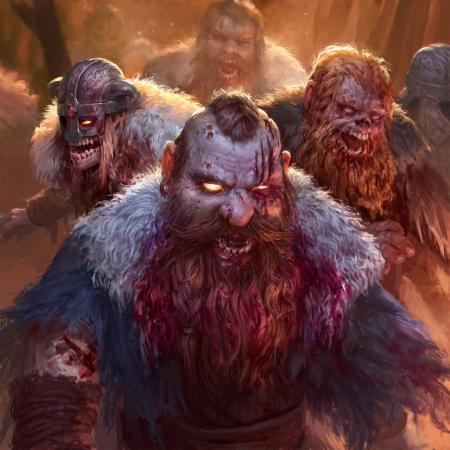






Comments